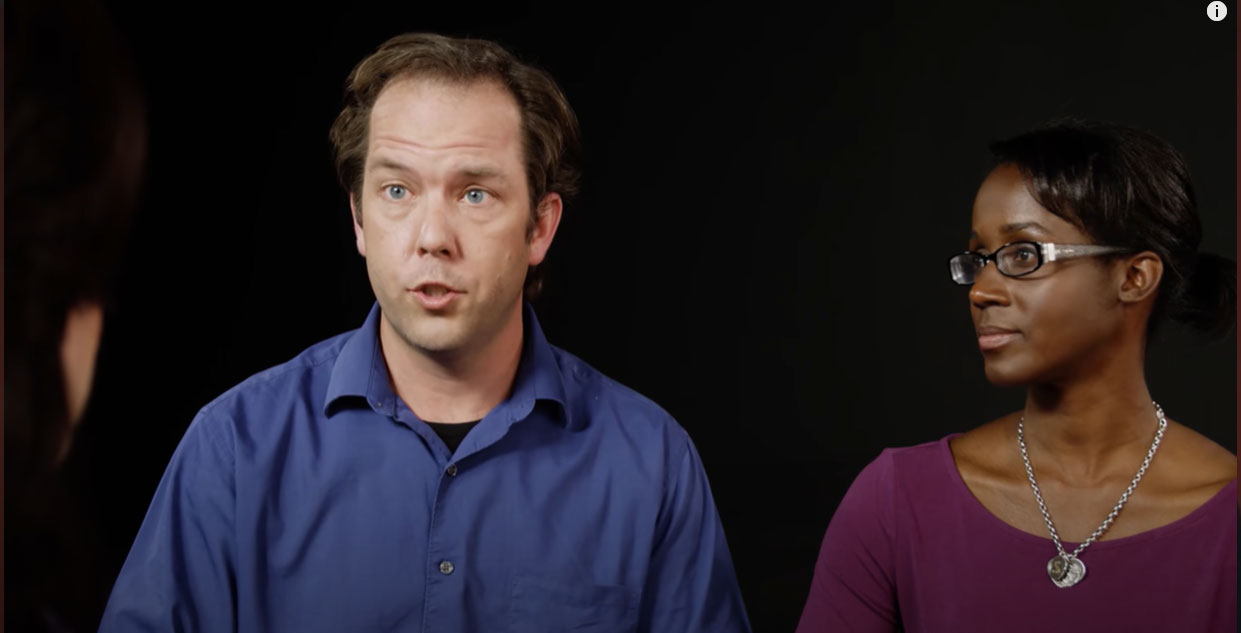Blastocyst Culture and Transfer
Multiple recent studies confirm that blastocyst transfers (BT) on day 5 have essentially equivalent or better pregnancy rates when compared to embryo transfers on day 3. This occurs despite the fact that significantly fewer embryos are replaced on day 5 to maintain these pregnancy rates. Normally, 3-4 embryos will be replaced on a day 3 transfer compared to typically only 2 blastocyts replaced on a day 5 transfer. Blastocyst culture and transfer offers a way to eliminate high order multiple gestations (such as triplets or more), while maintaining high clinical pregnancy rates. We have used BT for over 75% of our patients since 2003, with an excellent PR of 68% across all age groups (range 21-45 yrs). Since March 2013 we have been using blastocyst transfers exclusively in all our cases, the onlyprogram in the DC area to do so.
What is a blastocyst?
A blastocyst is an embryo that is approximately 5 days old following fertilization. A blastocyst contains around 100 cells that are formed into 2 distinct types, the inner cell mass (that goes on to make the baby), and the surface cells called the trophectoderm (that goes on to form the placenta). The trophectoderm surrounds a central cavity called the blastocele. A blastocyst hatches from the Zona Pellucida (the egg shell) around day 6, and begins the complex process of implantation over the next 24 hours or so. We grade each blastocyst based on its total number of cells, the size and shape of its inner cell mass, and the size and shape of the trophectoderm. Below is a time lapse video of the journey from fertilization to blastocyst formation and hatching.
Who is a candidate?
In 2013, VCRM became a 100% Blastocyst ONLY clinic (between 2003 and 2012 about 75% of our patients underwent Blastocyst transfers), and is the ONLY Fertility clinic in the Washington-Baltimore-Richmond-Norfolk areas to be use Blastocyst transfers on all our patients. This makes VCRM one of a handful of reputable clinics worldwide offering exclusive blastocyst transfers to all its patients.
In addition, and to stem the epidemic of multiple (espacially twin) gestation, VCRM started doing elective Single Embryo Transfer (eSET) in 2004, and is one of 2 programs in the area performing eSET routinely. Our eSET delivery rates are around 60%, and patient acceptance has been increasing using a combination of patient education and innovative financial incentives.
Contact us to schedule an appointment and learn more.

